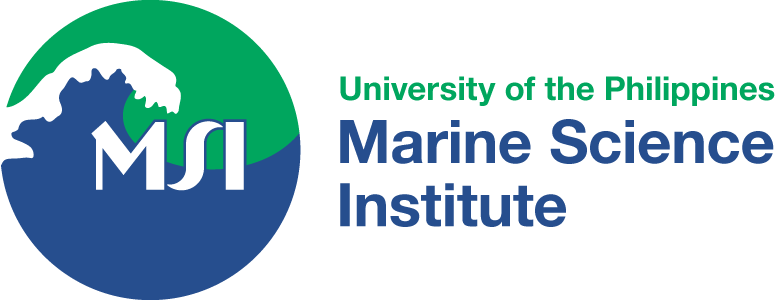-
Moving towards open data, public access, and information sharing to combat marine plastics pollution in the Philippines and the Southeast Asian region
Summary Even though Southeast Asian countries are often mentioned as some of the biggest contributors to plastic pollution in the oceans, there is no existing database that validates these claims. Hence, the…
-
Enrichment of the protein content of the macroalgae Saccharina latissima and Palmaria palmata
Summary The large brown seaweeds, known as kelps, are potential sources of protein for animal feed. They have lower protein contents than most red and green algae, but due to potential for…
-
Global Mass Spectrometric Analysis Reveals Chemical Diversity of Secondary Metabolites and 44-Methylgambierone Production in Philippine Gambierdiscus Strains
Summary Chemical profiling and molecular networking of Philippine Gambierdiscus strains provided a glimpse of these organisms’ biosynthetic potential and chemical diversity. We gained insights into the similarities and differences in the metabolite…
-
Biochemical Mapping of Pyrodinium bahamense Unveils Molecular Underpinnings behind Organismal Processes
Summary Characterization of the proteins, carbohydrates, and lipids of P. bahamense based on mass spectrometry and chromatographic analyses provided baseline information on the biochemical characteristics of P. bahamense at the vegetative stage.…
-
Anti-Inflammatory Activity of Monosubstituted Xestoquinone Analogues from the Marine Sponge Neopetrosia compacta
Summary In this study, we capitalized on the chemical diversity from Philippine marine sponges to discover anti-inflammatory compounds. The anti-inflammatory activity was evaluated in LPS-stimulated murine macrophage cells and an antiproliferative activity…
-
Survival and growth of coral recruits in varying group sizes
Summary Many corals sexually reproduce by producing coral larvae. These larvae settle in the benthos as solitary individuals but sometimes in groups of varying numbers of coral spat. However, little is known…
-
Survey of gender bias in the IPCC
Summary In 2018, the IPCC established the Task Group on Gender to compile a report and make recommendations. A survey sent to contributors revealed some positive trends — from just 8% of…
-
Utility of low-cost recreational-grade echosounders in imaging and characterizing bubbly coastal submarine groundwater discharge
Summary Despite the growing knowledge on the significance of submarine groundwater discharge (SGD), mapping its occurrence is a continuing challenge. This study explores the utility of low-cost, accessible, recreational-grade echosounders (RGESs) to…
-
Sea Surface Temperature Reconstruction using 3D X-ray Computed Tomography in Coral Cores from Baler, Aurora, Philippines: An Initial Study
Summary Massive coral like the Porites spp are essential archives of past sea surface temperature (SST) records as they incorporate biological and geochemical tracers that reflect temperature variations in the marine environments.…
